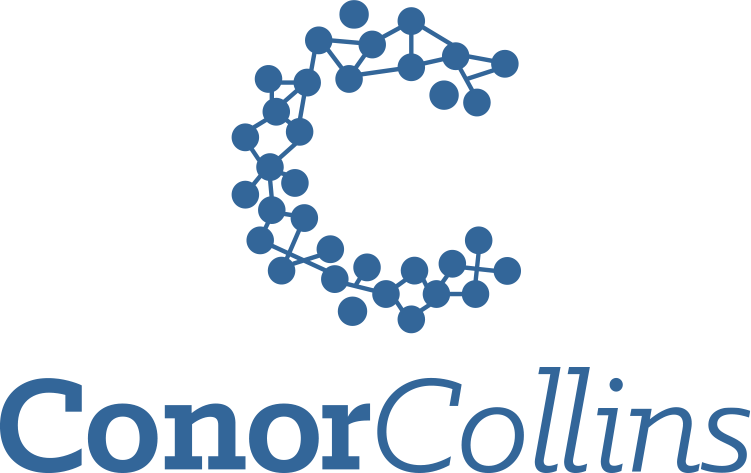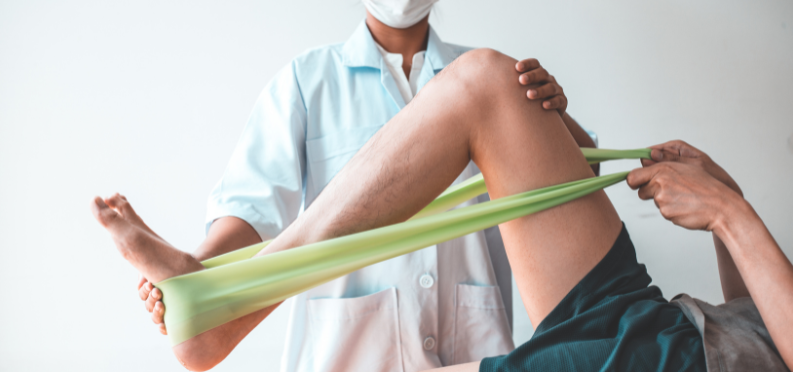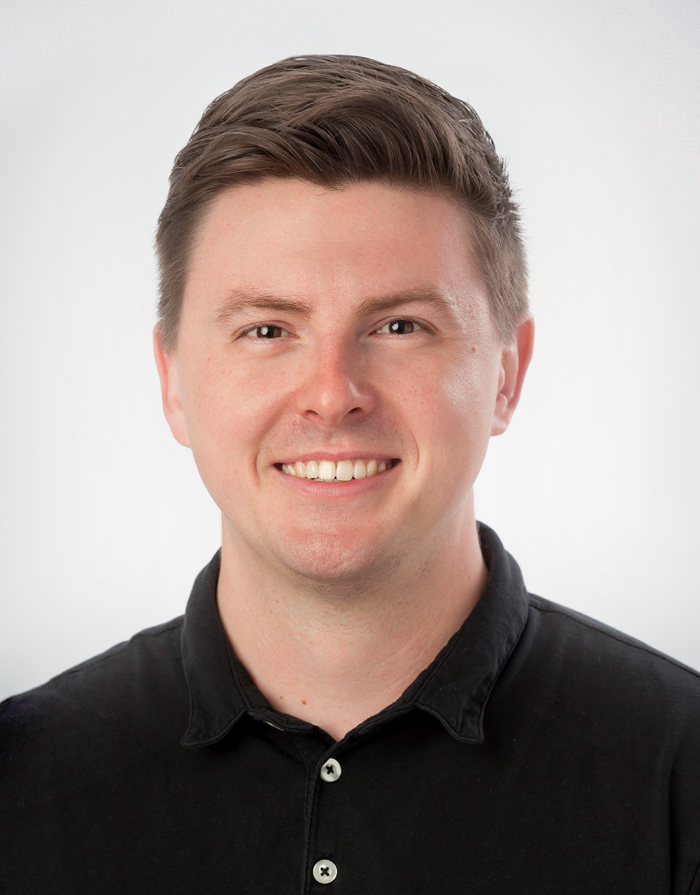A sympathetic nervous system response happens when a person is under a real or perceived threat; the autonomic nervous system mobilizes cellular resources necessary to engage a fight or flight response. An inefficient movement strategy (meaning biomechanics, the way we move our bodies) can be perceived as a challenge to the nervous system, resulting in a real or perceived threat which can create a heightened sympathetic drive (Kobesova et al., 2020).
A “perceived threat” can be individually very complex; we know through a biopsychosocial approach that there can be multiple drivers leading to a perceived threat, with a multitude of combinations of symptoms. As a practitioner, being aware of biopsychosocial implications are important to understanding the complexity of certain symptom presentations. An approach that we can offer our clients within our scope of practice is to “reorganize” the nervous system through a focus on movement, especially with stabilization of postural control (Rocca, 2021).
Reorganizing the nervous system in this regard usually involves an investigatory process (assessment) to determine which somatic afferent inputs may help the autonomic nervous system shift into a parasympathetic state. As one’s nervous system becomes familiar with certain movement strategies, it adjusts to recognize safety rather than threat and shifts into a parasympathetic state. This will usually lead to notable changes, typically consisting of a reduction in high-threshold secondary respiratory muscles, a reduction in breath-holding, a reduction of tone within muscles involved in pathological high-threshold movement strategies, and ultimately improved neurological postural control and stabilization (Kobesova et al., 2020).
As the individual continues to perform a particular correction, the nervous system starts to initiate this learned strategy automatically (subcortically), leading to consistent relief of their symptoms. Similar to when one is newly acquiring the skills to drive a car, it may require much energy and conscious awareness when performing every maneuver; the same can be considered in regards to movement strategies. Many corrections (often through providing cues initially) can require much conscious awareness until it becomes “automatic” with enough repetition when dosed correctly (Rocca, 2021).
So in practical terms, what does “reorganizing” the nervous system look like through movement strategies? Take the example of a patient whose primary complaint is cervical spine musculature tension and soreness, leading to cervicogenic headaches. As manual therapists, we already do a great job offering relief with treatment, however movement can become a learning tool for the nervous system to offer longer periods of relief in addition to the benefits of manual treatment. As mentioned in the example, certain postural and secondary respiratory muscles may be involved in preparing the individual to respond in a sympathetic manner. Commonly these muscles can include: scalenes, sternocleidomastoid, upper trapezius and levator scapulae muscles. Certain movement strategies and cues working in the “Supine 90-90” position (lying face-up with hips and knees flexed), and/or the “3-Month Prone” position (laying on belly with elbows and forearms supporting the trunk off the ground) may be a great start. Certain cues can help address secondary respiratory high-threshold strategies that may be present, and instead utilize the diaphragm as a primary respiratory effector, in addition to its role in assisting and maintaining intra-abdominal pressure. Using a high-threshold diaphragmatic strategy, along with a developmental movement strategy is one way to achieve a reduction in cervical spine musculature tone as the nervous system shifts into a parasympathetic state.
When it comes to applying developmental kinesiology theory into practice, Dr. Mark Rocca is well-versed in the topic of DNS, and offers a number of movement workshops, including his “Level 1: Foundations of Movement” workshop. Having participated in his workshops, Dr. Rocca provides great instruction with lots of practical learning time. You can also check out Episode 99 of The Concast, in which Dr. Rocca talks about how he uses these foundational movement principles in the context of elite cyclists and athletic injuries. Lastly, you can follow Dr. Rocca on social media for updates under “Rocca Athletic Development”, his work is a valuable educational asset to manual therapists.
References
Kobesova A, Davidek P, Morris CE, Andel R, Maxwell M, Oplatkova L, Safarova M, Kumagai K, Kolar P. Functional postural-stabilization tests according to Dynamic Neuromuscular Stabilization approach: Proposal of novel examination protocol. J Bodyw Mov Ther. 2020 Jul;24(3):84-95. doi: 10.1016/j.jbmt.2020.01.009. Epub 2020 Feb 8. PMID: 32826013.
Rocca, Mark (2021). Level 1: Foundations of Movement Workshop.
About the Author
Chris is a Massage Therapist and acupuncture practitioner from Ingersoll, Ontario with a special interest in managing concussion and sports injuries. While not in clinical practice Chris has served as an Instructor in Massage Therapy at the Canadian College of Massage and Hydrotherapy.
With prior education and experience as a Kinesiologist, Chris has a passion for movement and how it translates to improved patient outcomes. Whether it’s managing your symptoms virtually, or assisting students in preparing for an exam, Chris is excited to help you on your journey.



Recent Comments